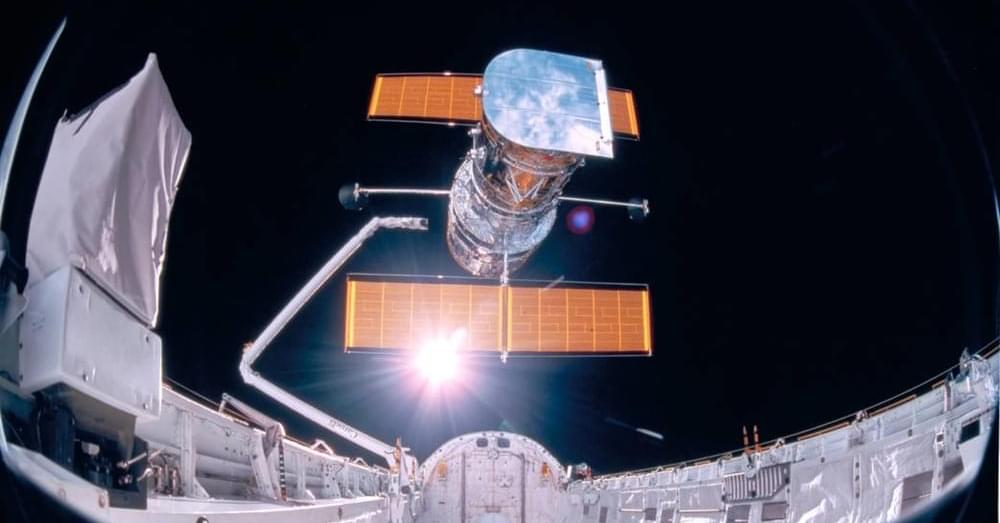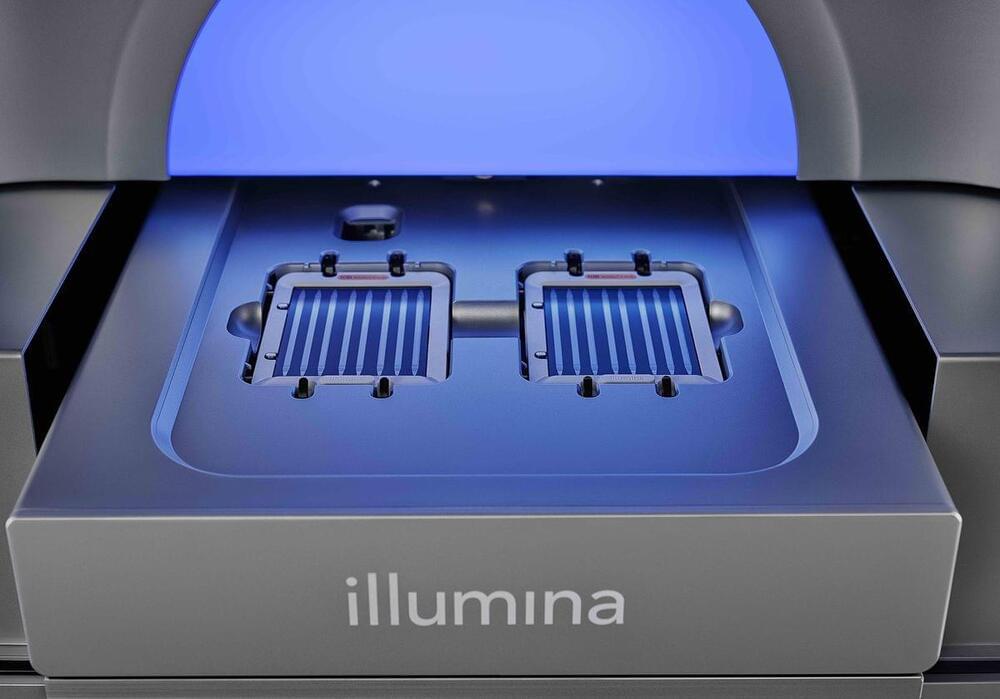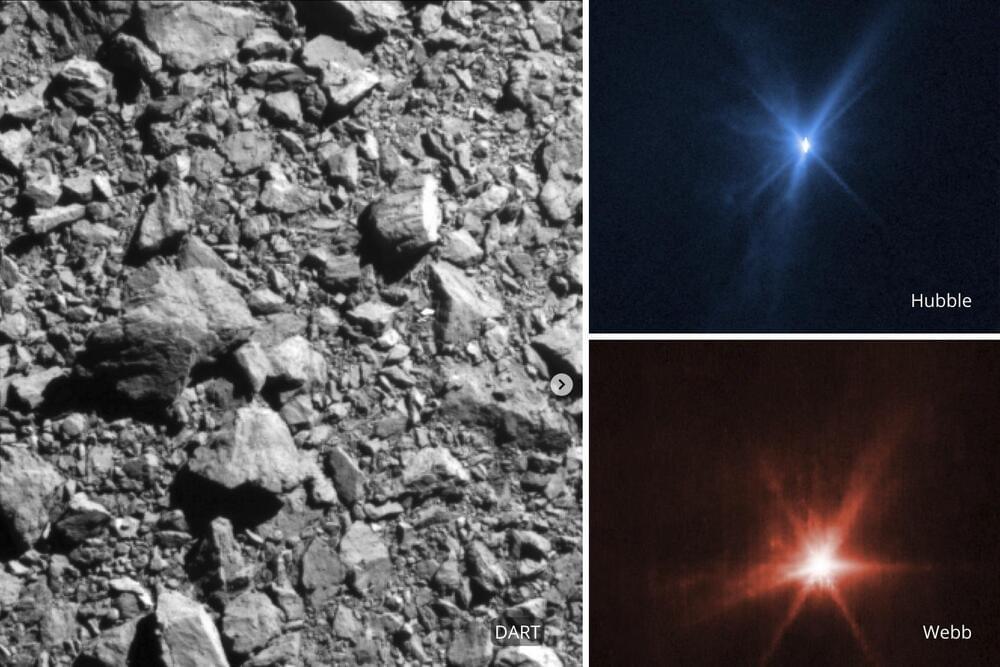A new, multi-functional Go-based malware dubbed Chaos has been rapidly growing in volume in recent months to ensnare a wide range of Windows, Linux, small office/home office (SOHO) routers, and enterprise servers into its botnet.
“Chaos functionality includes the ability to enumerate the host environment, run remote shell commands, load additional modules, automatically propagate through stealing and brute-forcing SSH private keys, as well as launch DDoS attacks,” researchers from Lumen’s Black Lotus Labs said in a write-up shared with The Hacker News.
A majority of the bots are located in Europe, specifically Italy, with other infections reported in China and the U.S., collectively representing “hundreds of unique IP addresses” over a one-month time period from mid-June through mid-July 2022.








